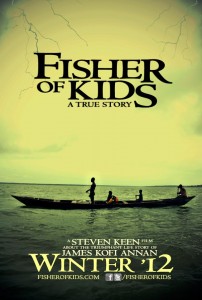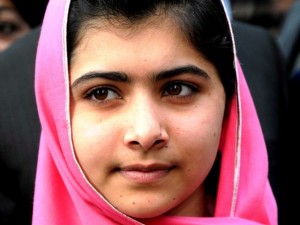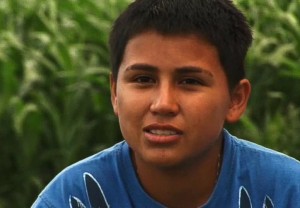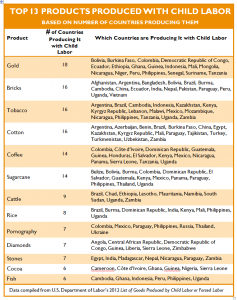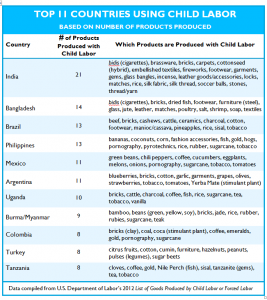10 Facts about Child Labor in Lake Volta’s Fishing Industry:
- In Ghana, one in six children aged 6 to 14 are involved in child labor; 2.3 percent of them work in fishing.
- NGOs estimate that 4,000 to 10,000 children are trafficked and enslaved on Lake Volta at any time.
- Persistent poverty greatly contributes to the issue of child labor in the Lake Volta fishing industry. Many families in Ghana are unable to afford the fees for school uniforms and books, and in many communities learning a trade is considered a viable alternative to schooling.
- Children as young as four years old are trafficked to work as bonded laborers in Ghana’s fishing industry.
- Parents who give their children to traffickers often believe that, in exchange for the small sum of money they receive, the child will have the opportunity to learn a trade.
- The tasks children are involved in include paddling boats, hauling nets, diving underwater to untangle nets, or working as domestic laborers in the homes of fishermen.
- Children work long hours for no pay; do not attend school; and are often malnourished, sleep deprived, and treated abusively.
- Drowning and contracting water-borne diseases, like bilharzia (schistosomiasis) and guinea worm (dracunculiasis), are some of the hazards of this form of child labor.
- The work violates Ghana’s own laws regulating child labor and education. It also violates standards set by the International Labor Organization’s Worst Forms of Child Labor Convention (C182) and Minimum Age Convention (C138), as well as the United Nations Convention on the Rights of the Child—all which Ghana has ratified.
- In 2010, the Government of Ghana adopted a National Plan of Action for the Elimination of the Worst Forms of Child Labor in Ghana.
Compiled July, 2013
#


